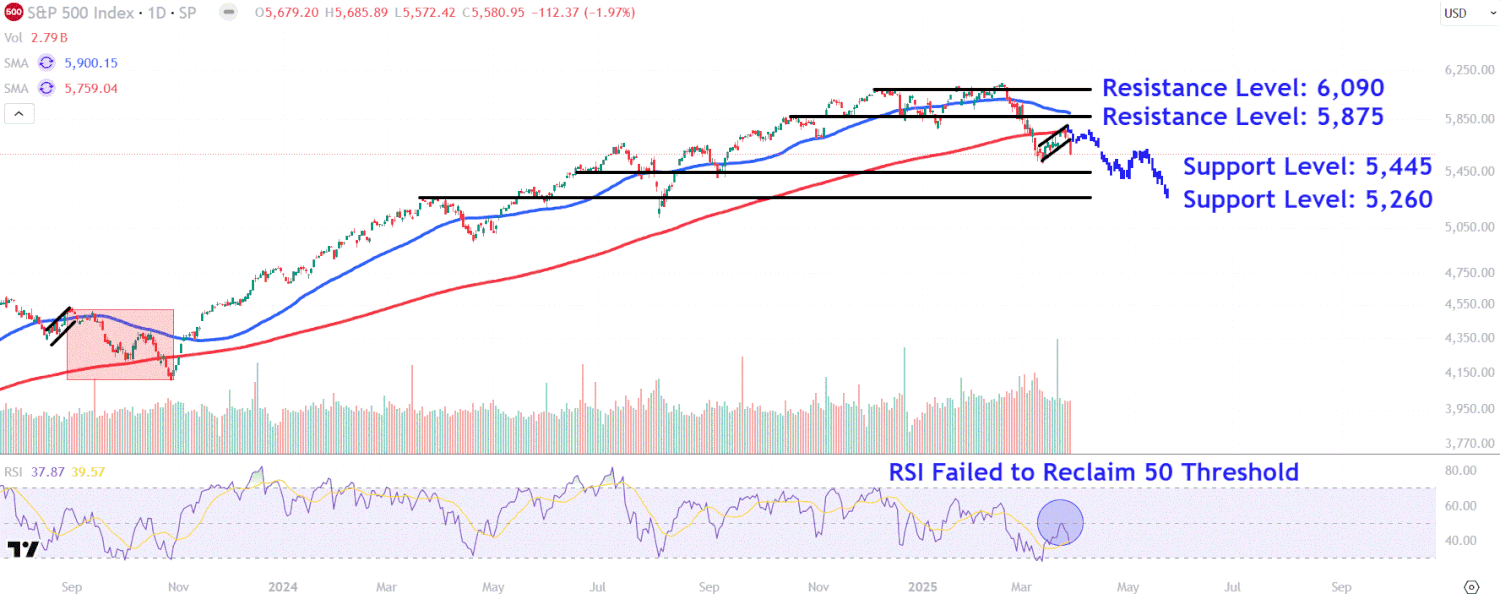Monthly Dividend Stock In Focus: Realty Income

Updated on March 29th, 2025 by Nathan Parsh
Investors interested in owning stocks for income can easily be drawn to Real Estate Investment Trusts, or REITs.
These stocks offer investors the chance to own a piece of a trust that leases out properties and essentially passes all of its earnings back to shareholders as dividends.
Realty Income (O) has a 5.7% dividend yield and an extraordinary dividend history. It also pays its dividends monthly instead of quarterly.
There are ~75 companies that pay monthly dividends. You can download our full Excel spreadsheet of all monthly dividend stocks along with metrics that matter like dividend yield and payout ratio) by clicking on the link below:
This article will discuss Realty’s business model, its growth prospects, and its dividend analysis in detail.
Business Overview
Realty Income is a retail-focused Real Estate Investment Trust that has earned a sterling reputation for its dividend growth history.
Part of its appeal certainly is not only in its actual payout history, but the fact that these payouts are made monthly instead of quarterly.
Indeed, Realty Income has declared nearly 660 consecutive monthly dividends, an unprecedented track record among monthly dividend stocks.
Since its initial public offering in 1994, Realty Income has increased its dividend 130 times. It is a member of the Dividend Aristocrats.
The company’s long history of dividend payments and increases is due to its high-quality business model and diversified property portfolio.
The trust employs a highly scalable business model, enabling it to grow into a massive landlord of more than 15,600 properties.


Source: Investor Presentation
It owns retail properties that are not part of a wider retail development (such as a mall) but instead are standalone properties.
This means the properties are viable for many tenants, including government, healthcare, and entertainment services.
The results of this model speak for themselves: 13.4% compound average annual total return since the 1994 listing on the New York Stock Exchange, a lower beta value (a measure of stock volatility) than the S&P 500 in the same time period, and positive adjusted funds from operations growth in 28 out of the past 29 years.
On February 24th, 2025, Realty Income reported second-quarter results. For the quarter, net income available to common stockholders was $199.6 million, or $0.23 per share. Adjusted funds from operations (AFFO) per share increased by 4.0% to $1.05 compared to the same quarter in 2023.
For the year, net income available to common stockholders was $847.9 million, or $0.98 per share. Adjusted funds from operations (AFFO) per share increased by 4.8% to $4.19.
Growth Prospects
Realty Income’s growth has been quite consistent; the trust has a long history of growing its asset base and average rent, collectively driving its FFO-per-share growth.
We expect compound annual growth of FFO-per-share of approximately 2.7% over the next five years for Realty Income.


Source: Investor Presentation
This growth will be achieved through property acquisitions and rental increases on existing properties. The company invested $1.7 billion during the fourth quarter at an initial weighted average cash yield of 7.1% and achieved a rent recapture rate of 107.4% on re-leased properties.
In 2024, the company invested $3.9 billion at an initial weighted average cash yield of 7.4% and had a rent recapture rate of 105.6% on released properties.
Realty Income expects to increase its investments in international markets moving forward. It made its first deal in the UK in 2019 and plans to do more such deals when it finds attractive targets. Since its first deal in the UK, international markets have added almost 30% to the trust’s sourcing volume.
These acquisitions and expansion overseas will help drive profits in the long run. However, they may not pay off immediately, as the issuance of new shares dilutes shareholders in the near term.
Realty Income’s properties are relatively Amazon-proof, as the REIT owns standalone properties that can be used as cinemas, fitness centers, dollar stores, and more.
Realty Income’s properties are in demand and will likely remain so. At the end of last year, the occupancy rate across the portfolio was 98.7%, and tenants generally report high rent coverage ratios.
Dividend Analysis
Realty Income’s dividend history is second to none in the world of REITs. Since the company came public in 1994, its dividend has been increased over 110 times, and the payout has increased by roughly 4% per year on average.
The dividend is also safe, considering not only this extraordinary history of boosting the payout throughout all types of economic conditions but also because the trust pays out a very reasonable 75% of adjusted FFO.
REITs are required to pay out most of their income in the form of dividends, so Realty Income’s dividend payout ratio will never be low. We see ~80% of FFO as an acceptable payout ratio for a REIT, particularly for one that is growing FFO-per-share very consistently.
That means that even if FFO-per-share were to go flat for some period of time, the dividend would still be sustainable. We expect the payout to continue rising in the mid-single digits annually, as it has for many years.
Realty Income is able to maintain this record not only because its business is fundamentally superior but also because its capital structure is conservative.
Final Thoughts
REITs are favorites among dividend investors because they pay out the vast majority of their earnings to shareholders via dividends, which generally leads to high yields.
Realty Income’s 5.7% current yield is not the highest in the REIT universe, but it is still pretty attractive, especially considering the extremely consistent dividend growth.
For income investors looking for a yield more than twice as high as the yield of the broader market and dividend safety that is not a concern, Realty Income fits the bill. Realty Income is not growing fast, but growth has been consistent.
The combination of a solid dividend yield and expected future dividend increases is attractive.
Don’t miss the resources below for more monthly dividend stock investing research.
And see the resources below for more compelling investment ideas for dividend growth stocks and/or high-yield investment securities.
Thanks for reading this article. Please send any feedback, corrections, or questions to [email protected].

















